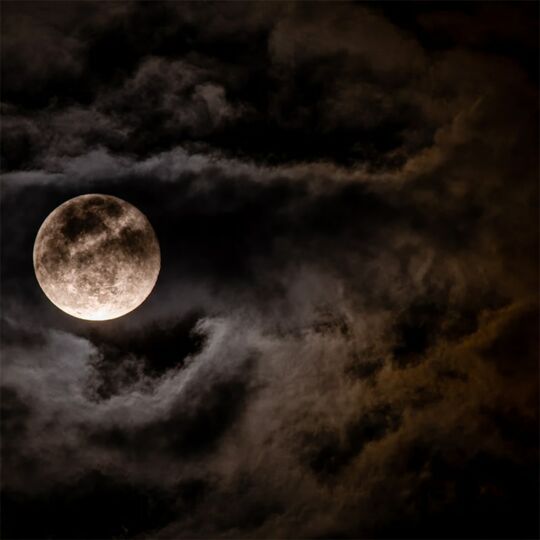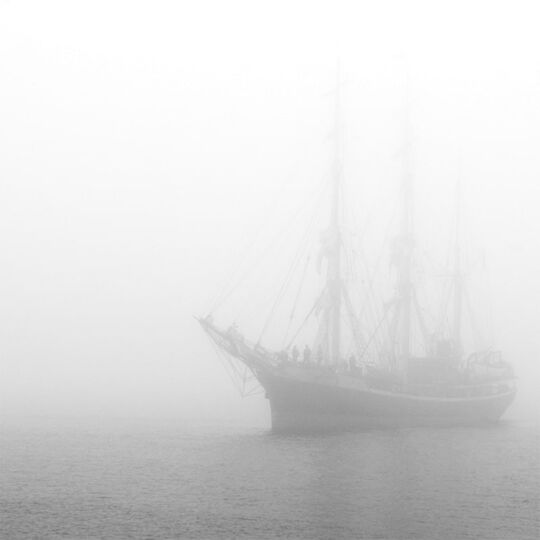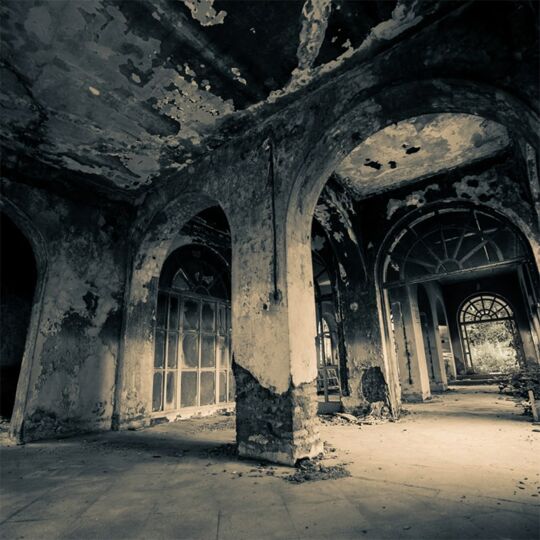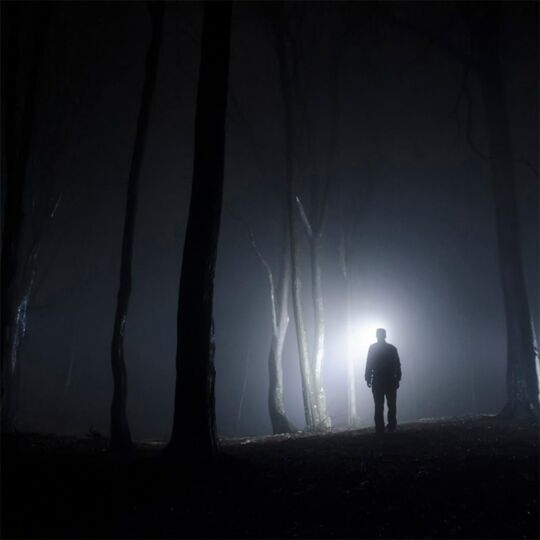21 October, 2022
Kildalton Castle and its haunted past

The nights are drawing in, the spiders are climbing the walls and the candles flicker without explanation. The creeping darkness discloses a terrible truth: Halloween is around the corner. Whether you love or hate this particular holiday – you can’t deny that it feeds the creative mind.
As an inspired writer searching the darkness for a good story, it didn’t take me long. Scotland is steeped in legends, history and ghastly ghost stories. Some whisper it’s one of the most haunted countries in the world…
Islay too didn’t disappoint. Before I knew it, I was captivated by the story of John Talbot Clifton at Kildalton Castle, and a ghostly employee. I thought it was the perfect historical story (with a little spooky twist) to share with you all.
The Man

John Talbot Clifton was born 1st December 1868 and died on 23rd March 1928. He was a great traveller, known for his hunting parties across Canada, Siberia, Burma and Africa, amongst others. Apparently, eating unusual animals was a bit of a pastime; he reportedly devoured a frozen mammoth preserved in Artic permafrost. It was during his travels in Peru that he met his devoted wife, Violet Mary, and together they had two sons and three daughters.
After the First World War, Talbot (as he was known) moved to Ireland where he shot and injured a member of the IRA in an argument over his car. This led to him and his wife being forced out of Ireland and it was at this point, in 1922, that Talbot bought the Victorian Castle, Kildalton.
It was known to be his favourite residence and the Cliftons spent most of their time there when not travelling abroad. Sadly, during his final journey to Timbuktu, Talbot become very unwell. He turned back, but later died in the Canary Islands in 1928. Talbot’s love of Islay made it the perfect spot for his burial and you can find his grave there now at Cnoc Rhaonastil.
The Castle

Head to Fairy Hill (Cnoc Rhaonastil, Talbot’s final place of rest) and you can glimpse the ruin of Kildalton Castle. Once a grand Victorian Castle, Kildalton was designed in 1867 by John Barnet for the Islay distiller and MP, John Ramsey.
Completed in 1870, Kildalton Castle now looks the perfect spot for a ghost story. The windows are dark and filled with shadows that play tricks on your eyes. In the morning, a pale mist leaks from the cracked panels. Travelling on the breeze with a swirling vapour, it gives the impression that the house is breathing deeply.
The Story

Legend has it that a laird once lived in the castle and had an employee with a very distinctive appearance. The employee was often called away from the castle; however, during his absence he never strayed far and was still seen wandering the castle halls.
Many years later, two women were walking in what was once the Laird’s property, Craigmore Forest. From nowhere the two women saw a man walking towards them dressed in clothes from another era. Walking his dog, a terrier, the man passed the ladies without any sound and disappeared into the bushes.
The women were upset and headed home. When retelling the story, the mother of one of the women, recognised the man’s description. The mother had also worked with the laird and knew the appearance to be the employee, the factor (estate manager) of Kildalton Castle.
Sadly, due to being a ruin, Kildalton Castle is now inaccessible to the general public.
However, you can visit Cnoc Rhaonastil, pay your respects to Talbot and look across to the estate, once his pride and joy. For more historical stories from Islay, please visit our website, where there are plenty of facts to provide context to your visit.
If you would like to know more about Islay, please explore our website, or reach out to us at info@islaydevelopment.com.
This article was written anonymously with permission from the Islay Development Initiative. However, the author leaves you with one clue to their identity ‘I’m forever delivering the post, but I never walk a step’.